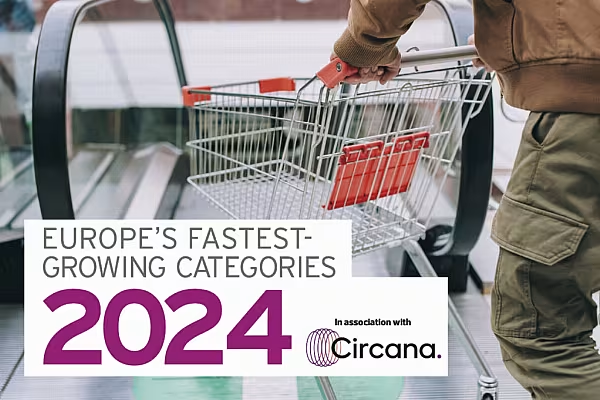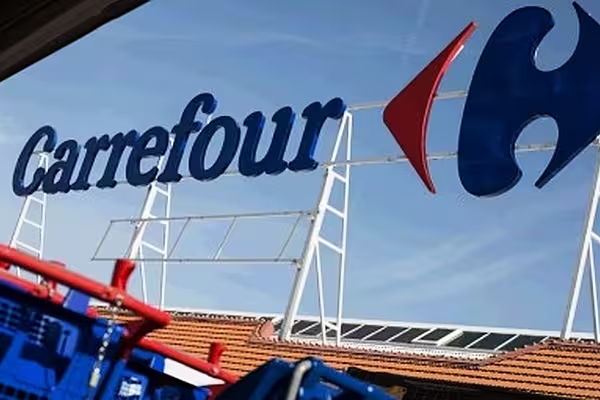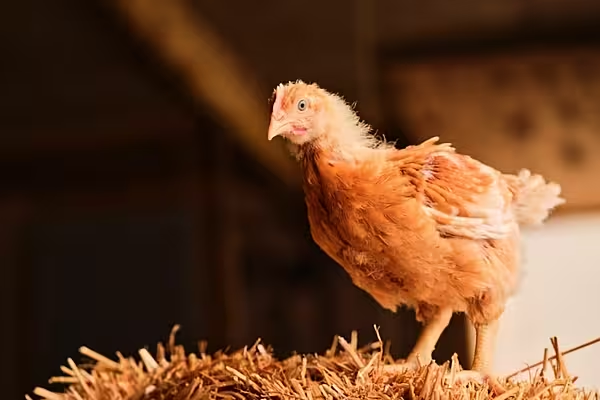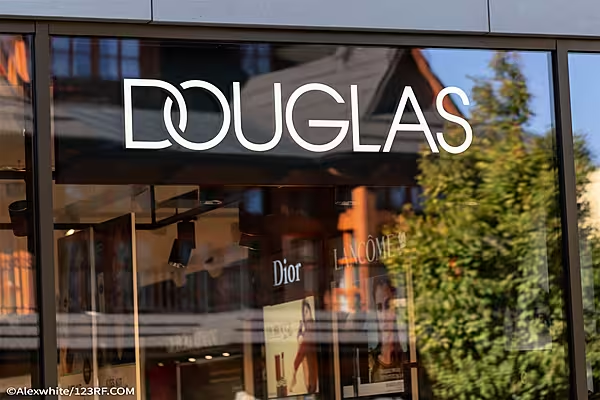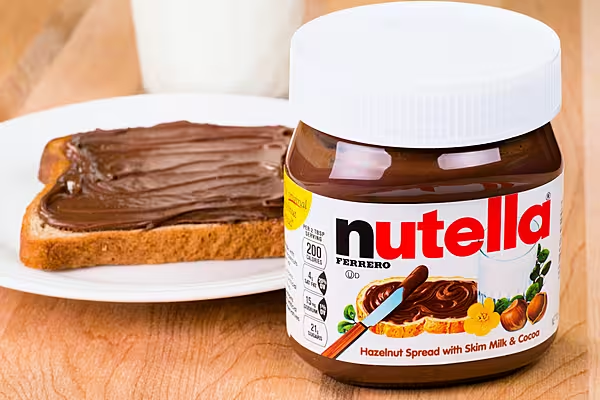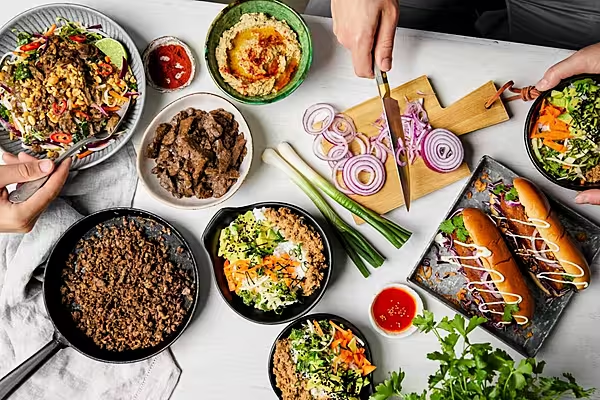French shoppers have made stark changes to how they shop, traits that look to have become embedded. This article first appeared in ESM's March/April 2024 edition.
In his New Year’s Eve address to the nation, French President Emmanuel Macron described 2024 as being a year of “determination, choices, recovery, pride – in fact, a year of hope.”
Early indications are, however, that the going may indeed be tough. In February, finance minister Bruno Le Maire cut the country’s growth outlook from 1.4% to 1%, while announcing some €10 billion worth of spending cuts. Additional aid measures have also been set out for the agricultural sector, in the wake of major blockades by farmers earlier this year.
As of the start of the year, the inflation rate in France stood at 3.1% – down from the 6.3% recorded in April 2023, but still weighing on consumer confidence.
Circana Insights
According to Emily Mayer, Circana’s director of business insights, France, inflation in the French FMCG sector has risen by more than 20% over the past two years, prompting significant changes in consumer habits.
“The French have used two main strategies to limit the impact of inflation and preserve their purchasing power,” Mayer explains. “Firstly, they turned to less-expensive products – they changed stores, bought more private labels, and gave up organic products. Secondly, they reduced the quantities they bought.”
Faced with rising prices, shoppers “de-prioritised” a number of categories, Mayer adds, including hygiene products, alcoholic beverages and ready-made products, along with products considered ‘better for you’ or ‘better for the environment’, such as organic, vegetarian, and locally sourced items.
Some categories remained “resilient”, however. Indulgence products – both sweet and savoury – have managed to “hold up rather well in the current climate,” says Mayer. “This is quite surprising because during the last inflation period, in 2008, these categories declined.”
Other than inflation, the acceleration of e-commerce in recent years – driven by the pandemic – has also influenced shopper behaviour, according to Mayer, as has increased home consumption.
“As a result, convenience stores are holding up very well,” she says.
Elsewhere, demographic shifts – smaller families, an ageing population, and a sharp rise in single-person households – health concerns and environmental awareness have also influenced purchasing behaviours over the past year. The impact of geopolitical tensions on prices and product availability has lessened, however.
Category Breakdown (data provided by Circana)
Value Sales By Category
| Category | Value Sales (in € billion) | Value Sales Change | Volume Sales Change |
|---|---|---|---|
| Chilled and Fresh | €44.2bn | 10.2% | 1.6% |
| Ambient | €30.3bn | 11.3% | -1.8% |
| Drinks | €14.1bn | 6.3% | -2.8% |
| Alcohol | €12.6bn | 2.5% | -4.1% |
| Household | €9.0bn | 8.0% | -3.0% |
| Personal Care | €6.3bn | 2.3% | -3.1% |
| Frozen | €6.2bn | 11.5% | -2.0% |
| Confectionery | €5.3bn | 11.6% | 3.5% |
| Pet Food | €2.9bn | 15.0% | -2.6% |
| Baby Non Food | €1.1bn | 6.6% | -0.2% |
| Baby Food | €0.9bn | 3.3% | -6.5% |
| Pet Non Food | €0.5bn | 7.3% | 0.1% |
Fastest-Growing Subcategories by Value Sales
| Subcategory | Value Sales Increase |
|---|---|
| Yogurts | +€384.0m |
| Pressed Cut Cheese | +€317.5m |
| Uht Milk | +€301.7m |
| Prepared Poultry | +€274.9m |
| Eggs | +€271.5m |
| Butter | +€214.9m |
| Fresh & Uht Creams | +€200.4m |
| Speciality Beers | +€188.8m |
| Toilet Paper | +€182.9m |
| Chips | +€177.2m |
